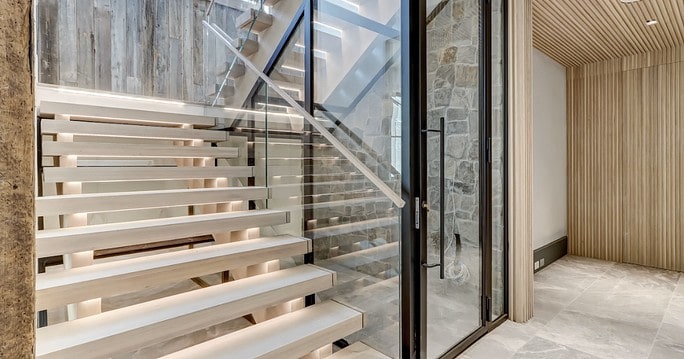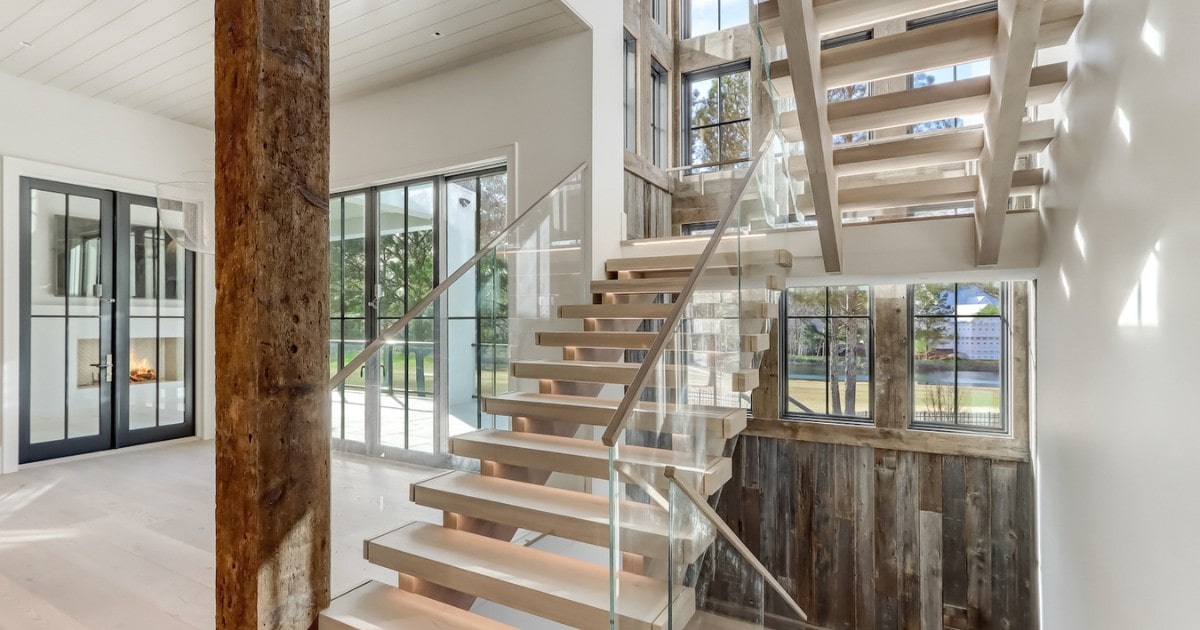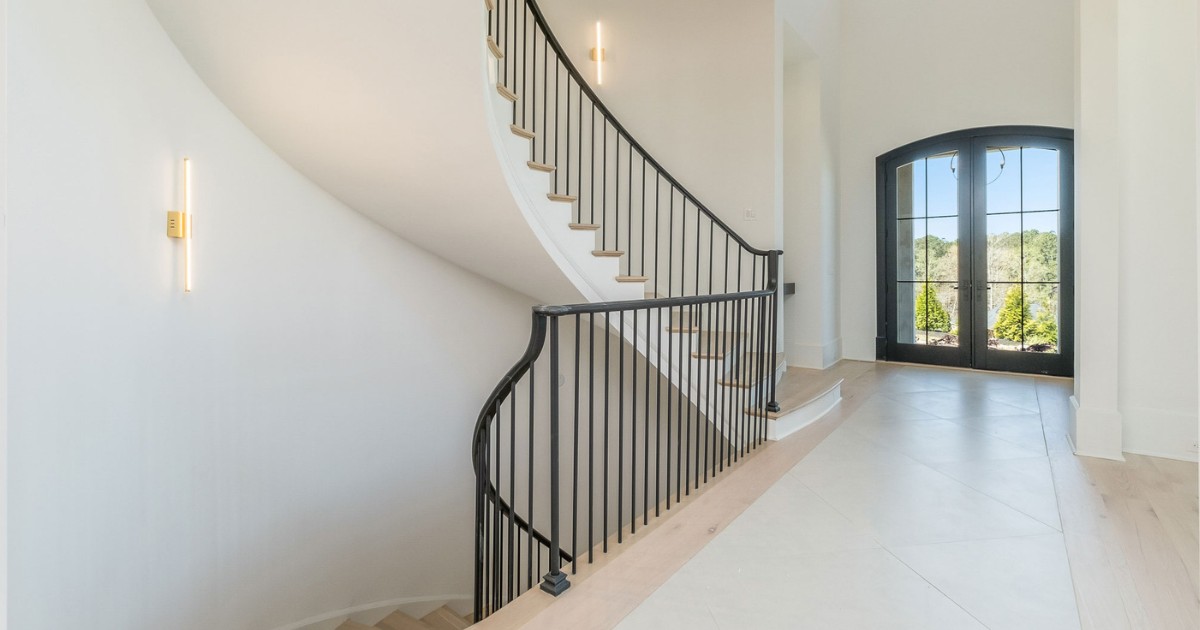We recently traveled back through time to explore the earliest known staircase architecture. This week, we move from ancient Egypt and China to the Greek and Roman empires, where stair design was less primitive. The Greeks and Romans are well known for their advanced and distinctive architecture, and their staircase designs were no different. Today, we explore some of their unique stairs.
Ancient Greek Stair Design
Among the earliest Greek stairs were a series of natural ledges carved into the mountains, used by indigenous people for defense against invaders. The steps allowed them platforms on which to stand and throw stones at enemies below.
As architectural concepts and capabilities grew, straight stairs were used throughout the empire, often designed to grant access to theatres, temples, libraries, and other esteemed buildings. The stairs were most prevalent in front of ancient temples.
From steps in the massive Colosseum to grand stairs as building entries, Greek staircases were both beautiful and functional. Much more ornate than the earlier Chinese and Egyptian stairs, Greek stair systems often included rock balusters, chiseled to resemble columns, one of the most popular design elements at the time.
Ancient Roman Stair Design
Like the Greeks, Romans embraced design and truly had a flair for it. Also like those in Greece, early Roman stairs were generally straight and included in theatres and stadiums. In A.D. 113, the Romans created history with a new innovative approach to stair design.
Roman Emperor Trajan led troops in a fierce battle, defeating the Dacians, a barbarian empire, between A.D. 101 – 106. To celebrate this victory, Trajan commissioned the development of a large plaza within Rome. Among the attractions was Trajan’s Column, a 126-foot stone tower topped with a statue of Trajan himself, crafted of bronze. The exterior of the tower featured – and still features today – intricate carvings illustrating the war.
The striking tower’s design was impressive enough, and yet another innovative architectural element was incorporated – a spiral staircase with 185 steps. Before the column’s construction, spiral stairs were in existence but rare. There are reports of spiral staircases in temples and other structures up to 3,000 years ago. Following completion of Trajan’s Column, though, the concept of spiral stairs took off, and the trend spread throughout Europe.
Learn more about Trajan’s Column in National Geographic’s “A War Diary Soars Over Rome”.
Present-Day Spiral Staircase Design
Trajan’s massive project sparked an interest in spiral staircase design. A similar structure was even commissioned by Napoleon, who desired a tower as a symbol of strength and power. Throughout the centuries, spiral stairs have remained a popular stair design choice. Their unique curves and small footprint create a perfect fit for commercial and residential spaces of all types – not only imperial towers!
Today, our team partners with builders, general contractors, architects, and designers to enhance interior and exterior spaces with high quality spiral stairs. Successful spiral construction requires absolute precision and skill, and our talented team is dedicated to client satisfaction and flawless execution in every project. View our spiral staircase gallery for additional photos and details.
Are you inspired?
Learn more about our approach to partnering with homebuilders, general contractors, and architects. From inspiration to installation our team is committed to designing and building the highest quality custom staircases. Contact us today to discuss your next custom staircase project.











